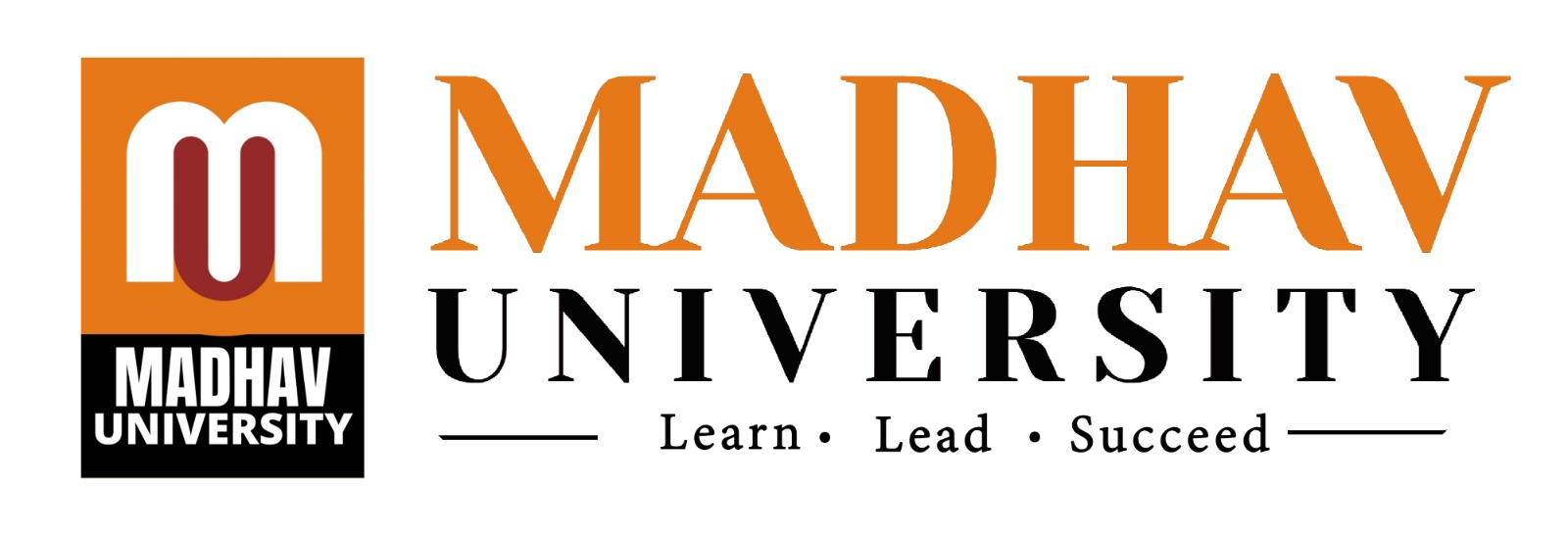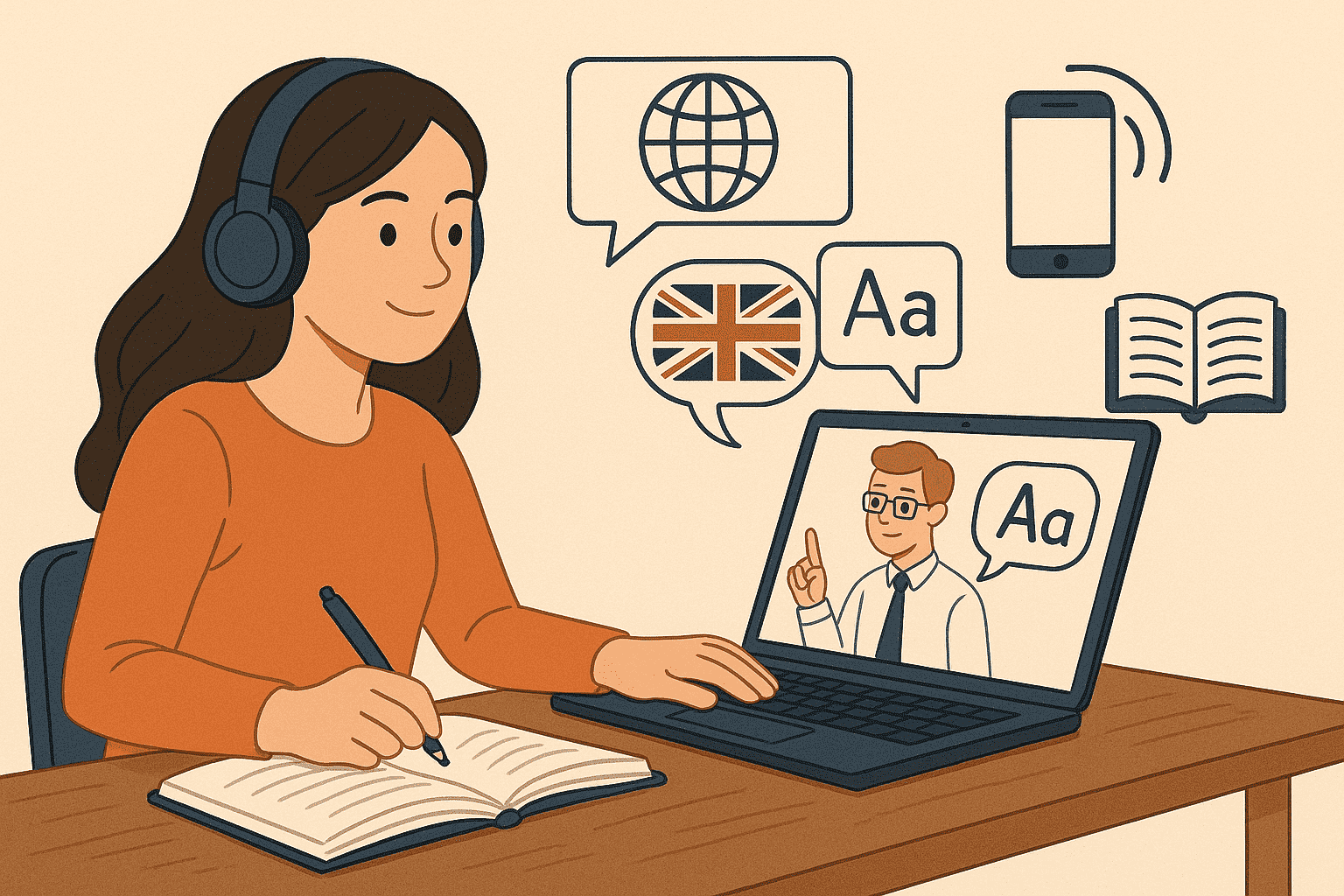Digital communication has revolutionized English language learning by providing learners with diverse tools and platforms that enhance engagement, accessibility, and personalization. This study explores the role of digital communication in acquiring English language skills, focusing on its impact on listening, speaking, reading, and writing. The proliferation of digital tools such as social media, online forums, language learning apps, and virtual classrooms has facilitated interactive and immersive learning experiences. These technologies enable learners to engage in real-time conversations with native speakers, access a plethora of resources, and receive immediate feedback, thereby accelerating the learning process. Moreover, digital communication fosters increased motivation, personalized learning pathways, and opportunities to practice language skills in authentic contexts. However, challenges such as disparities in digital literacy and the necessity for effective pedagogical strategies to optimize the use of digital tools are also discussed. The findings underscore the significant role of digital communication in modern English language education, offering insights for educators, learners, and policymakers to harness its full potential.
Digital platforms provide learners with a wealth of materials, including online dictionaries, translation apps, and educational websites. These resources enable learners to independently clarify unfamiliar terms, conduct research, and overcome language barriers, facilitating a more autonomous learning experience. Engaging with content on social media platforms exposes learners to authentic language use, including slang, idioms, and cultural expressions. This exposure helps learners understand language in real-life contexts, enhancing their comprehension and communication skills. Platforms like social media and language exchange apps allow learners to engage in real-time conversations with native speakers. This interaction helps learners practice speaking and writing skills, receive immediate feedback, and understand cultural nuances, which are often absent in traditional classroom settings.
Language learning apps such as Duo lingo incorporate gamified elements like points, leader boards, and daily streaks that tap into intrinsic motivation. These features fulfil learners needs for autonomy, competence, and relatedness, making the learning process more engaging and less anxiety-inducing. Adaptive learning platforms analyse students performance to provide personalized feedback and tailored content. This approach allows educators to address specific language challenges that students may encounter, fostering a more efficient and effective learning process. Digital Communication possesses a range of unique features that distinguish it from traditional communication methods. Understanding these important attributes is essential to fully grasp the power and capabilities of Digital Communication.
Digital Communication provides a platform for global connectivity. People can connect with individuals, organisations, and communities from all corners of the world with just a few clicks. This global reach fosters collaboration, knowledge sharing, and cultural exchange on an unprecedented scale. Understanding these key features of Digital Communication helps us harness its power to its full potential. As technology keeps evolving, we can expect better innovations and advancements that can shape the future of communication.
Digital Communication has revolutionised the way we connect, collaborate, and share information in our daily lives. Let’s explore some key Digital Communication examples that highlight the power and impact of Digital Communication:
a) Instant Messaging: Platforms like WhatsApp, Facebook Messenger, and Slack enable real-time messaging for fast and efficient communication. They also let users personalise their WhatsApp Attitude Status to reflect their mood.
b) Video Conferencing: Tools like Google Meet, Zoom, and Microsoft Teams have transformed remote communication by allowing face-to-face interactions and virtual meetings.
c) Social Media Platforms: Facebook, Twitter, Instagram, and LinkedIn connect people globally, enabling them to share updates, engage in discussions, and build networks.
d) Email: It remains a widely used example of Digital Communication method, providing a formal and reliable means of exchanging messages and files.
e) Collaborative Tools and Cloud Storage: Platforms such as Google Drive and Dropbox allow users to collaborate on documents in real-time, boosting teamwork and productivity.
f) Social Networking Platforms: Twitter and LinkedIn offer avenues for professional networking, knowledge sharing, and industry engagement. This is one of the best Digital Communication Examples business can utilise to build a loyal customer base.
g) Mobile Applications: Mobile apps enable communication on the go, providing instant access to messaging, social media, banking, and other services.
h) Remote Collaboration: Tools such as project management software and virtual whiteboards facilitate seamless collaboration among remote teams.
i) Online Learning Platforms: E-learning platforms and tools enable students and educators to communicate, access resources, and participate in virtual classrooms.
j) Online Customer Support: Many companies provide customer support through live chat and Chabot’s on their websites, offering prompt assistance.
Engaging with content on social media platforms exposes learners to authentic language use, including slang, idioms, and cultural expressions. This exposure helps learners understand language in real-life contexts, enhancing their comprehension and communication skills. Despite its benefits, digital communication in language learning presents challenges. The quality of content on social media can vary, and learners may encounter informal language that differs from standard grammar rules. Additionally, the vast amount of content available can lead to information overload, making it difficult for learners to discern relevant materials.
Digital communication has revolutionized English language learning by providing accessible, interactive, and personalized experiences. While challenges exist, the advantages of digital tools in enhancing language skills are substantial. By integrating these technologies thoughtfully, learners can achieve greater proficiency and confidence in using English.
–Dr. Hirenkumar P. Chaudhary
Assistant Professor, Dept. of English, Madhav University

